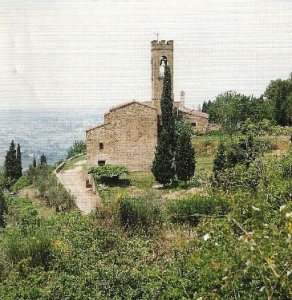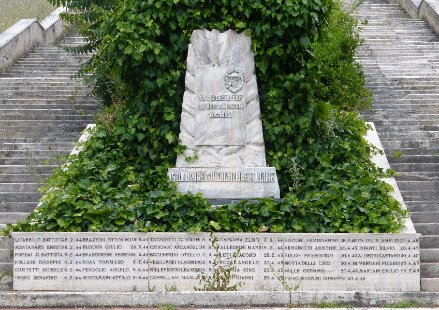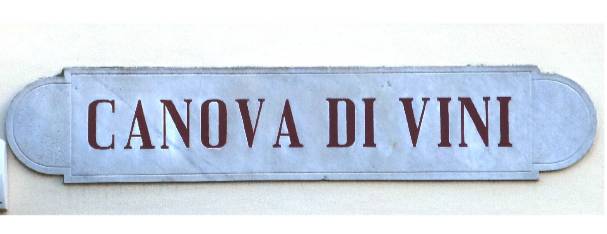
On a rocky outcrop in the middle of the woods, facing a panorama of incomparable beauty over the countryside that slopes down to the Florentine plain, stands the church of San Lorenzo a Montisoni.
A place rich in history and legends, its antiquity is evidenced by the discovery of a marble head from the Flavian dynasty and the Roman funerary inscription dedicated to the doctor Cneo Tullio Eso, who may have given rise to the name of the area.
The church was built in the eleventh century within the walls of the ancient castle of the Siminetti where a grove of laurels once stood amongst which – it is said – was a huge one where somewhat legitimate pagan rites took place.
Montisoni became famous for the nunnery where a cross was worshipped, or rather “some precious fragment of Holy Wood that was held up there” which the De’ Nobili, patrons of the church, claimed to have come into its possession “from an ancestor who was returning from the Holy Land.”
In the Decameron (ninth novel, eighth day), Giovanni Boccaccio says that a promise made “to the Montesone Cross” was an oath to respect and honor in a binding way. It is uncertain whether the “Cross” was sacred wood from Palestine or from a fresco of the Crucifixion of which some tracks have appeared during recent renovations inside the church. Christ does not have his head bowed but raised up and looking forward; which suggests that the work is very old, as such iconography was no longer used from the fourteenth century onwards.
In the seventeenth century, Count Lorenzo Magalotti, with a lively imagination and immense culture, imagined that the name Montisoni derived from the fact that the tomb of Exon (Esone) was here, the mythical giant from Thessaly who was rejuvenated by Medea by magic. At the same time, even Francesco Redi – in his dithyramb Bacchus in Tuscany – celebrated the famous “sweet wine that was bottled there, where the ancient Exon (Esone) gave name and fame to the lonely mountain.”
The massive bell tower that still stands today was designed by Peruzzi Ubaldino and built between 1868 and 1871.
A few steps from the church is the so-called “English Monument” which, in the mid-fifties of the last century, Marie Cecil de Springer erected in memory of her husband Frank Wooster right in this peaceful place that had fascinated them. The widow also wanted to leave their sedan Fiat 1400 that she embedded into a room wall on the side of the church.
Massimo Casprini








